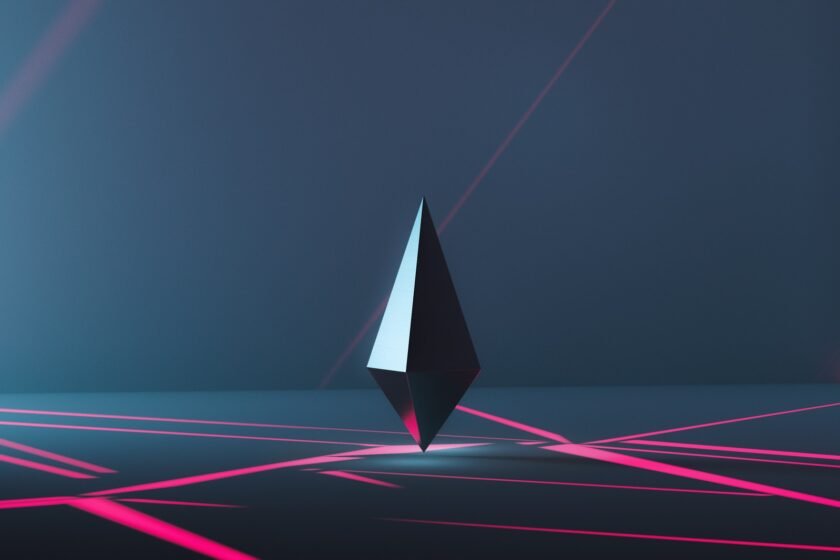3D digital art is a huge industry. Animation movies from Disney and Pixar, every single 3D game out there since the dawn of the first Playstation, modern architecture and planning, fashion designers, and many more rely heavily on the use of 3D digital art.
Did you know that the furniture and room mock-ups in IKEA catalogs are entirely made up of digital 3D graphics? It’s just much cheaper to design these shots digitally and mix, move and replace furniture on the fly than to have a real set with real photographers and all that.
If you ever wanted to create something impressive, 3D art can be a great skill to develop.
The advantage of 3D painting over traditional texturing methods is you can see how the texture looks on your model in real time.
This allows you to add finer details to smaller areas of your texture easier as they may be hard to find if you do a 2D unwrap with software like Adobe Photoshop.
Also worth noting that texturing your model is one of the most important steps in making your 3D artwork look more lifelike, or to add your own unique style to the final piece.
So you want to make absolutely sure that you get this essential part of the 3D process done to the highest possible standard.
When a model is UV unwrapped the surface of the model can often be warped into a strange shape in order to avoid as much distortion of the UVs as possible. For example, when a human head is unwrapped you often end up with a butterfly like shape.
This can make visualising the texture as you make it in 2D software very difficult, sometimes leading you to have to save it out multiple times to view it on your 3D mesh to see your progress.
This can be quite a time consuming and frustrating process and using 3D texture painting eliminates it entirely.
3D Texture packages are also much more powerful as they allow you to paint on or edit different texture map slots, such as specular or normal maps, with ease.
These can generate fully calculated maps from the 3D model, as it is already loaded into the texture software. This allows you to easily add areas that are shinier, duller, raised or lowered in your texture… all while seeing the result instantly so you know if you’re going in the right direction.
While you can do similar things in Photoshop by making the image grayscale for specular maps, or using the Nvidia normal map plugin, these results are never as accurate as using a 3D painting tool.
Meaning you are usually limited to editing diffuse maps in 2D software.
There are some other benefits to having your model available in 3D while texturing too.
Some packages have generators or particle effects that depend on the angles & orientation of certain parts of your geometry.
If you add the worn edges generator it automatically finds where the edges of your model are (by baking what is called a curvature map) and can add wear onto it from there.
It can also add rain or dirt trickling down the model using its particle effects so this is really useful.
And it’s for all these reasons that 3D texturing software is slowly becoming the norm in the industry to get the best results from your models.
In some cases(usually in architectural visualization and some environment modelling) you can use simple premade tileable textures to get good realistic results.
However for more detailed textures, or for things with imperfections that require custom made textures, 3D painting is the way forward.
Also if you would like to give 3D painting a try yourself just know that Adobe offers a demo for Substance Painter and Pixologic similarly offers a Zbrush demo.
If you want to try either one just to test out the process we do have plenty of resources and tutorials that’ll point you in the right direction.
How do you make 3D digital art?
What are the 3 forms of digital arts?
Besides, it falls into three main categories: Computer-Generated Visual Media, Digital Photography & Darkroom and Digital Installation Art through projection mapping for example. There are several subcategories and, of course, the artist can combine any and all to create their own unique vision.
Is 3D considered digital art?
One of the most common types of computer-generated digital art comes in the form of still images, both 2-dimensional and 3-dimensional. 2D still images (aka 2D computer graphics) are created by combining text, 2D geometric models (vector graphics), mathematical equations, digital images (raster graphics), and so on.

As an architecture and interior designer, I am passionate about creating spaces that inspire and delight those who inhabit them. With over a decade of experience in the industry, I have honed my skills in both the technical aspects of design and the art of crafting beautiful, functional spaces.
After earning my degree in architecture, I began my career working for a prestigious firm where I was exposed to a wide range of projects, from commercial buildings to high-end residential properties. During this time, I developed a keen eye for detail and a deep appreciation for the importance of form and function in design.
In recent years, I have struck out on my own, founding my own design studio where I have been able to further explore my passion for interior design. I believe that a well-designed space can transform the way people live and work, and I take pride in working closely with clients to understand their needs and create spaces that exceed their expectations.
Throughout my career, I have been recognized for my innovative and creative approach to design, and have been honored with a number of awards and accolades. When I’m not working on design projects, you can find me exploring the outdoors or seeking inspiration in the world around me.



